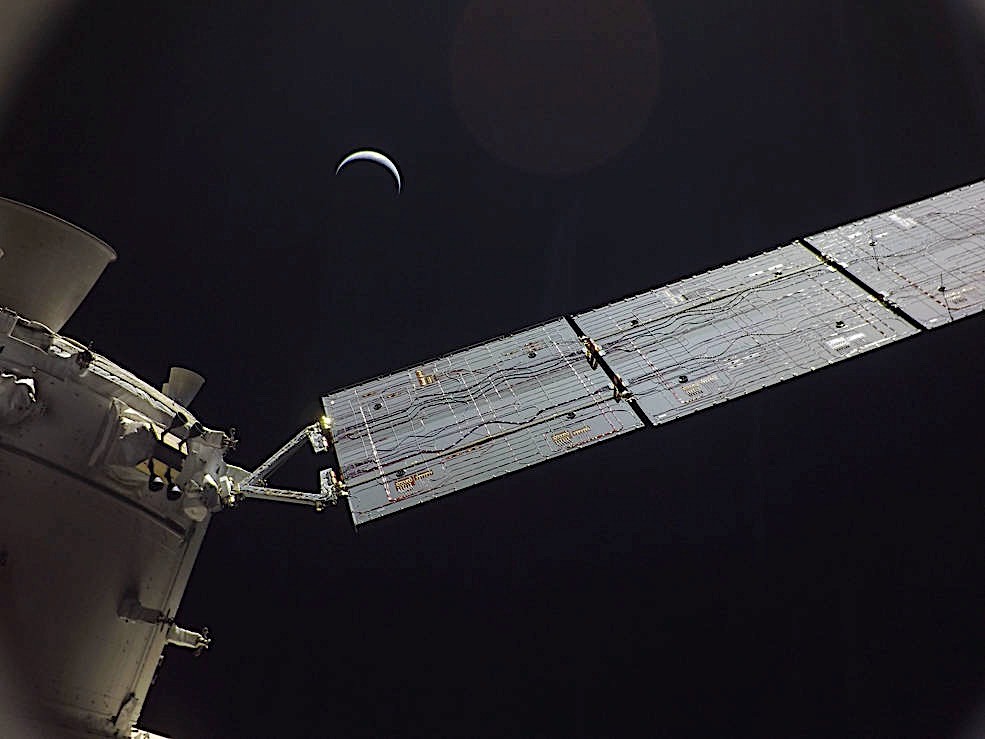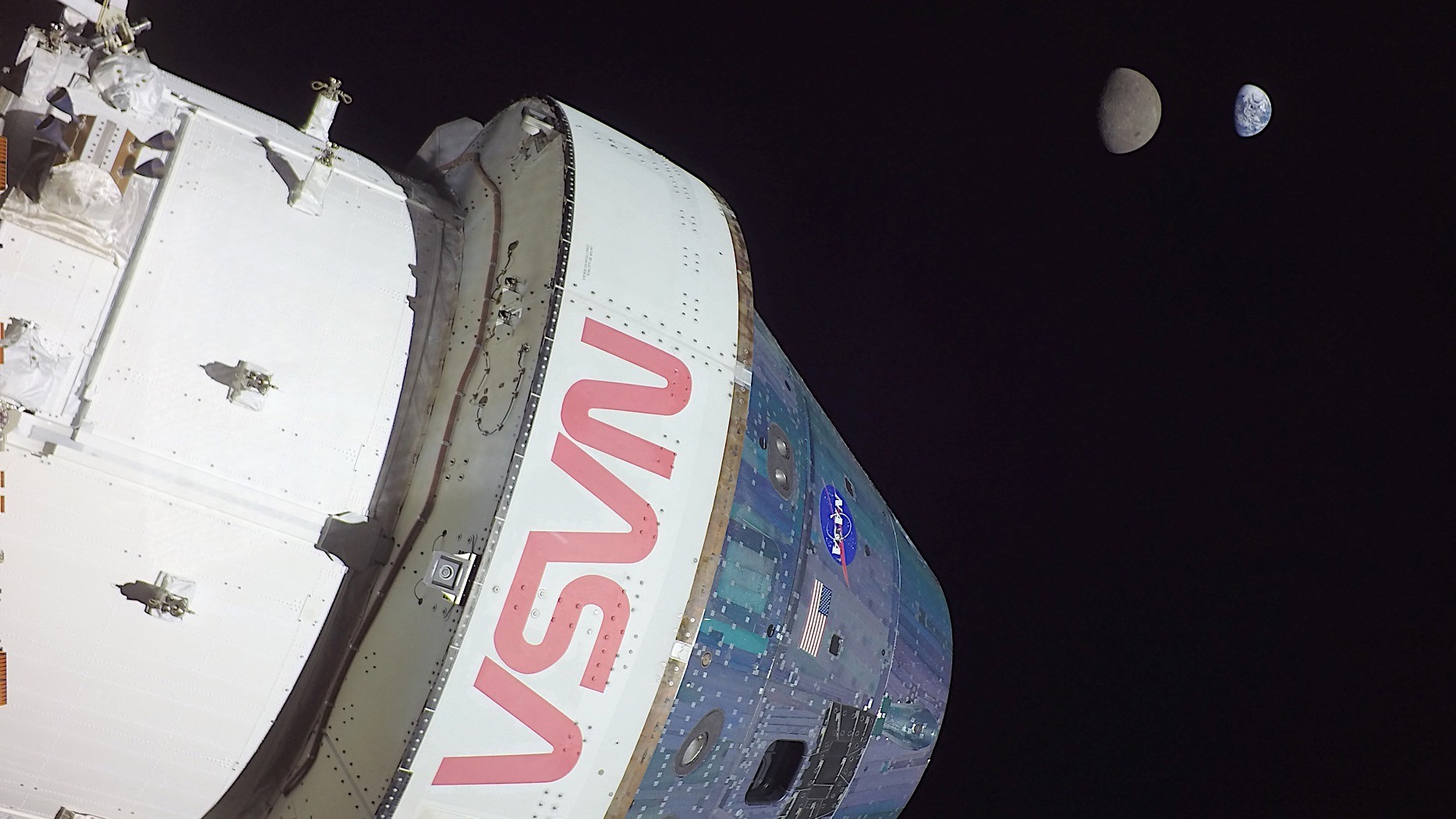The Space Shuttle, despite enduring two significant accidents, remains one of humanity’s most successful lines of extraterrestrial craft. Since its introduction in 1981, the Shuttle family completed a remarkable 135 space missions, ferrying a total of 355 astronauts to and from Earth.
At the heart of its success were the remarkable engines produced by Aerojet Rocketdyne, known as RS-25 or Space Shuttle Main Engines (SSME). Following the conclusion of the final Space Shuttle flight in 2011, Aerojet Rocketdyne and NASA opted not to discard these crucial components.
Instead, they preserved 16 RS-25 engines for potential future use. These engines remained in storage until NASA sought power units for its Space Launch System (SLS) rocket, destined for the Artemis Moon exploration program.

In addition to stored RS-25s, NASA decided to utilize engines from previous missions. For Artemis I, launched in late 2022, the mega-rocket was propelled by four RS-25 engines, two of which had previously flown on Space Shuttle missions.
These engines performed flawlessly, having contributed to endeavors such as constructing the International Space Station and deploying the Hubble Space Telescope. The use of RS-25 technology on the SLS emphasizes its importance in achieving reusability, a key aspect of space exploration cost-efficiency.
Although components of the SLS are not reusable like those of the Space Shuttle, advancements in engine production have led to significant cost savings without compromising performance. As NASA progresses with its Artemis missions, the RS-25 engines remain pivotal in pushing the boundaries of space exploration.

